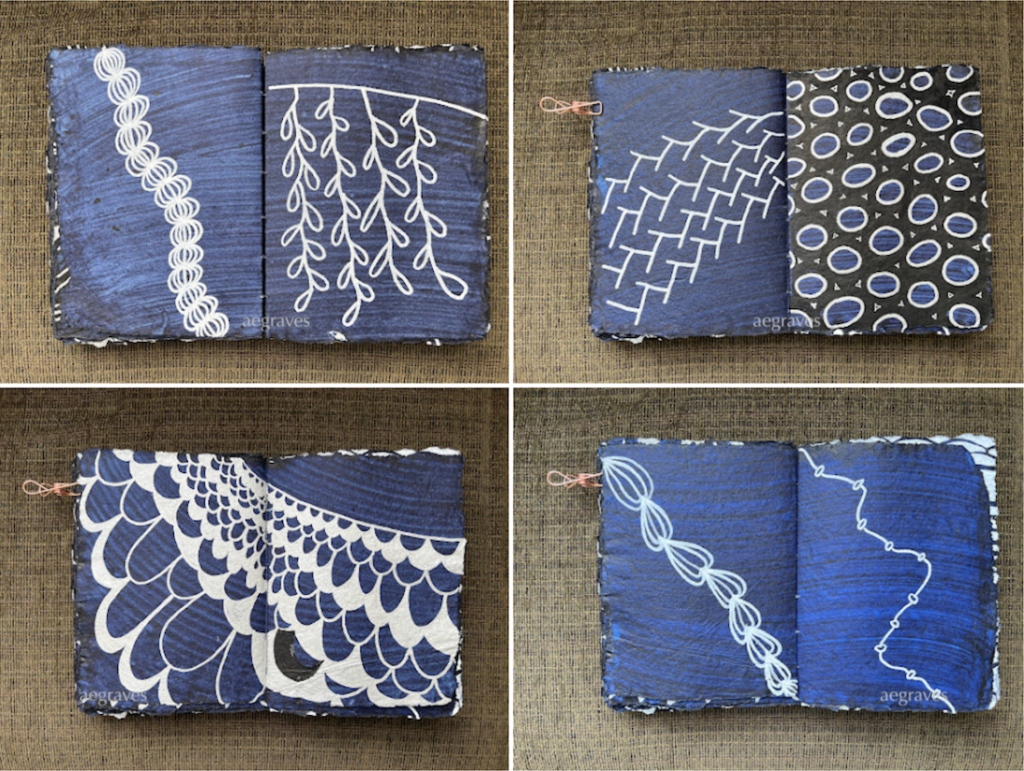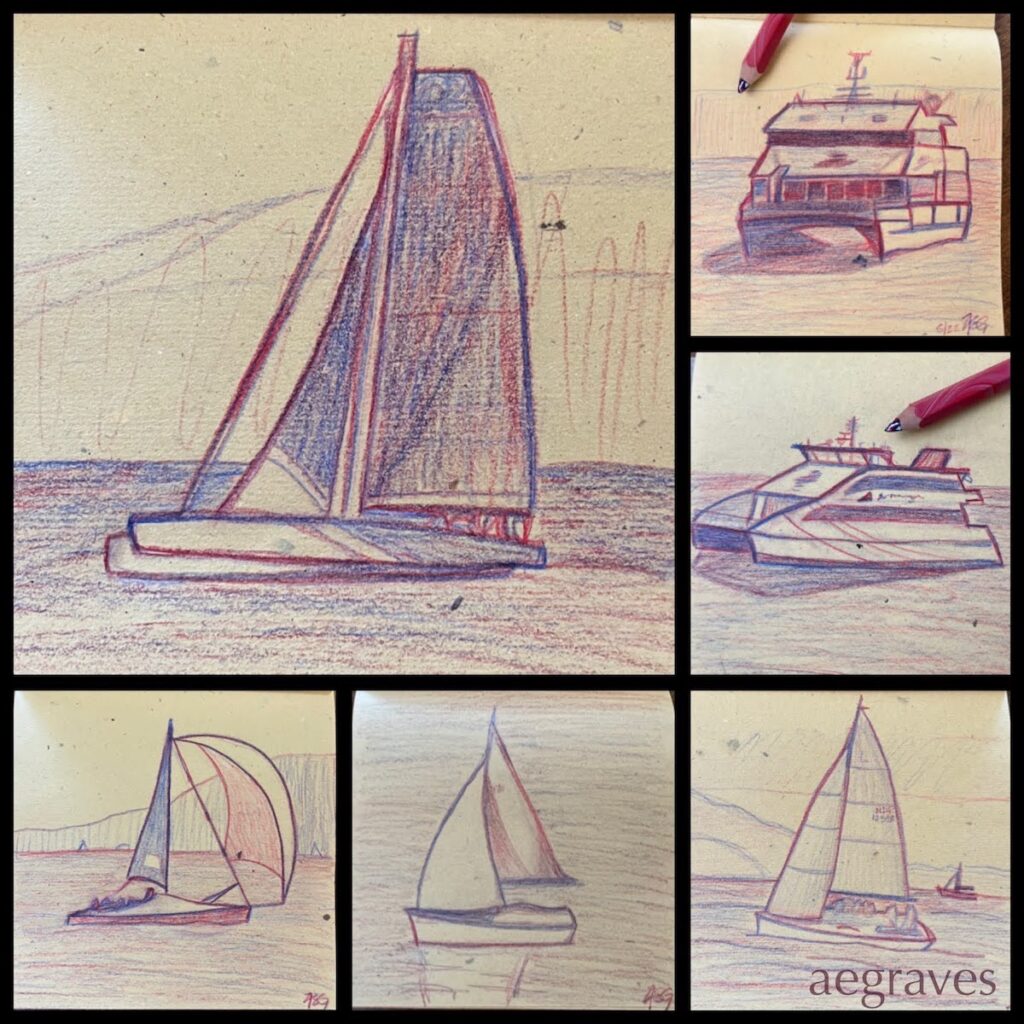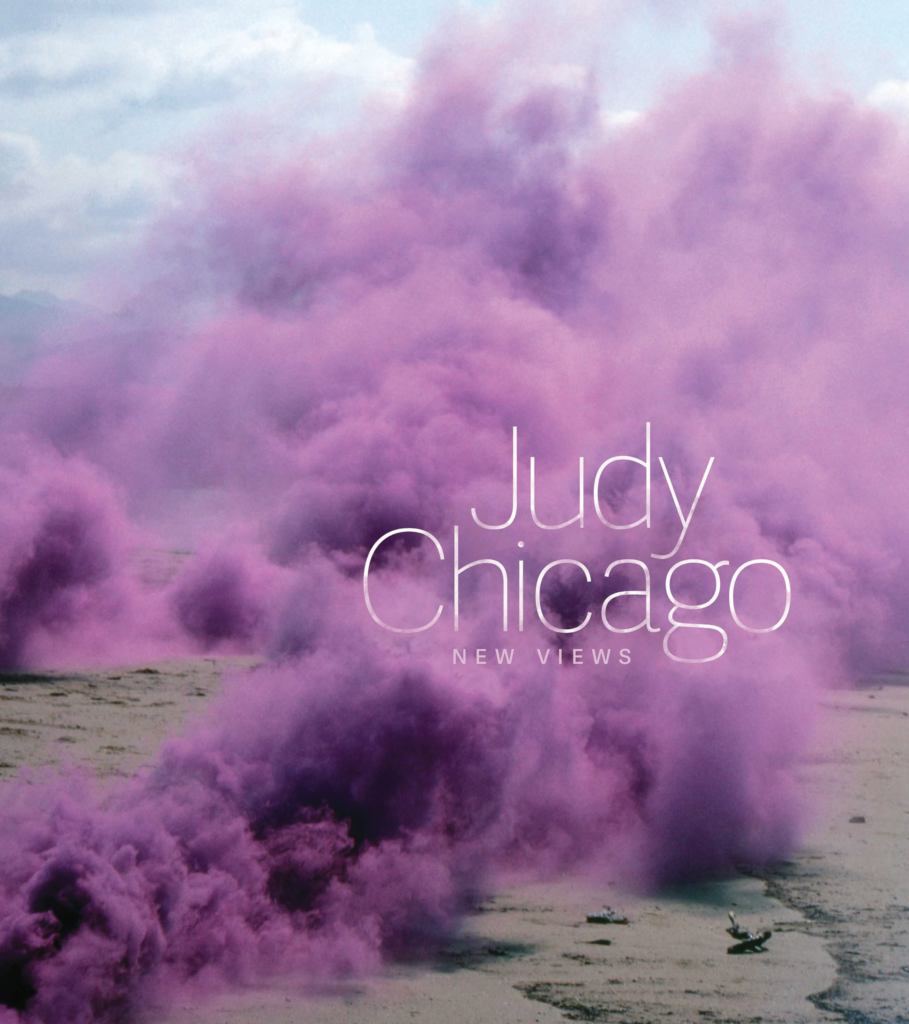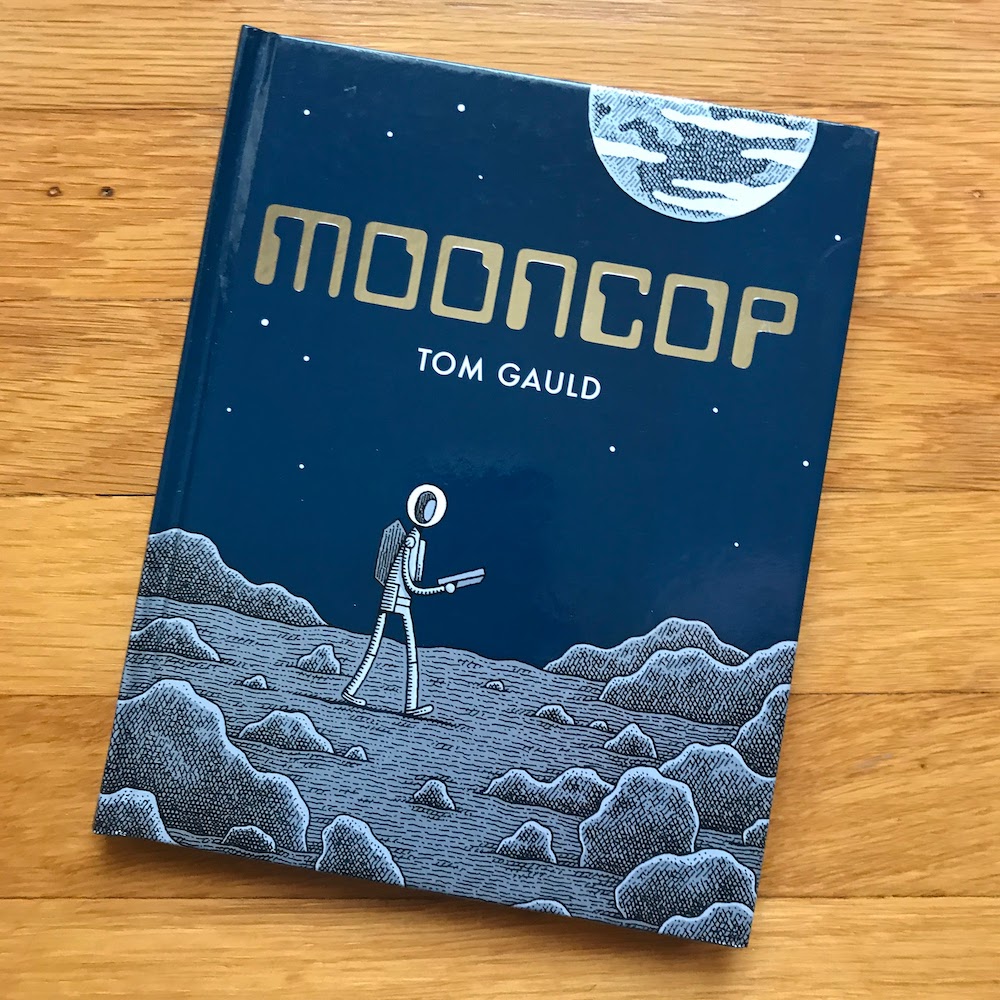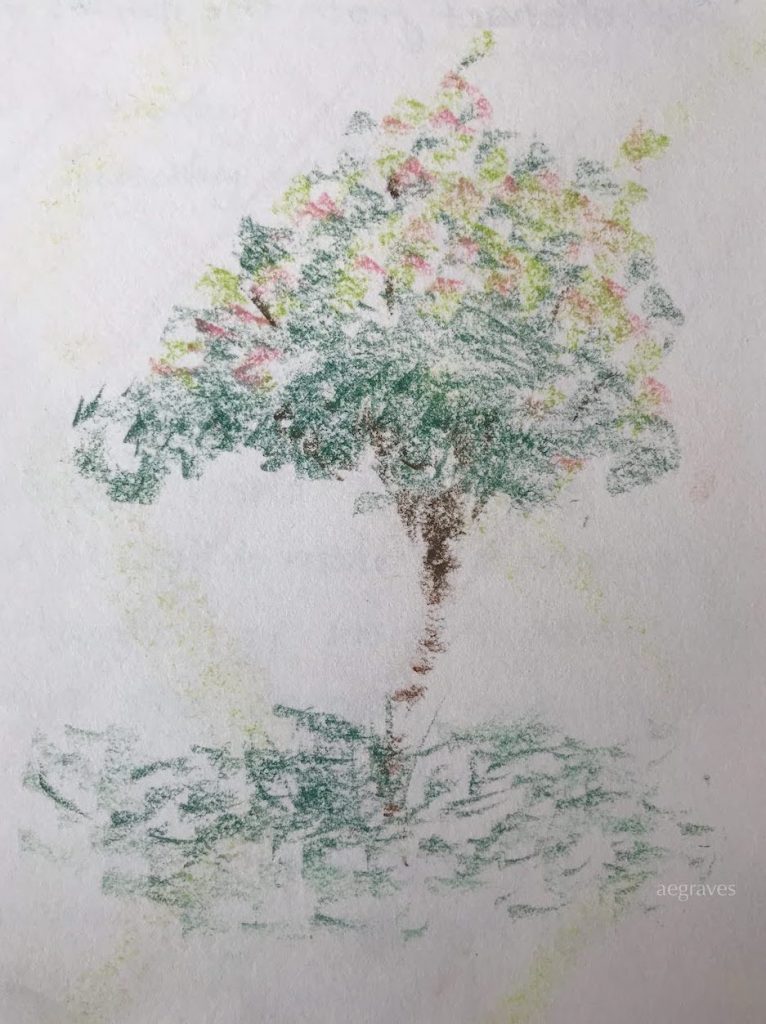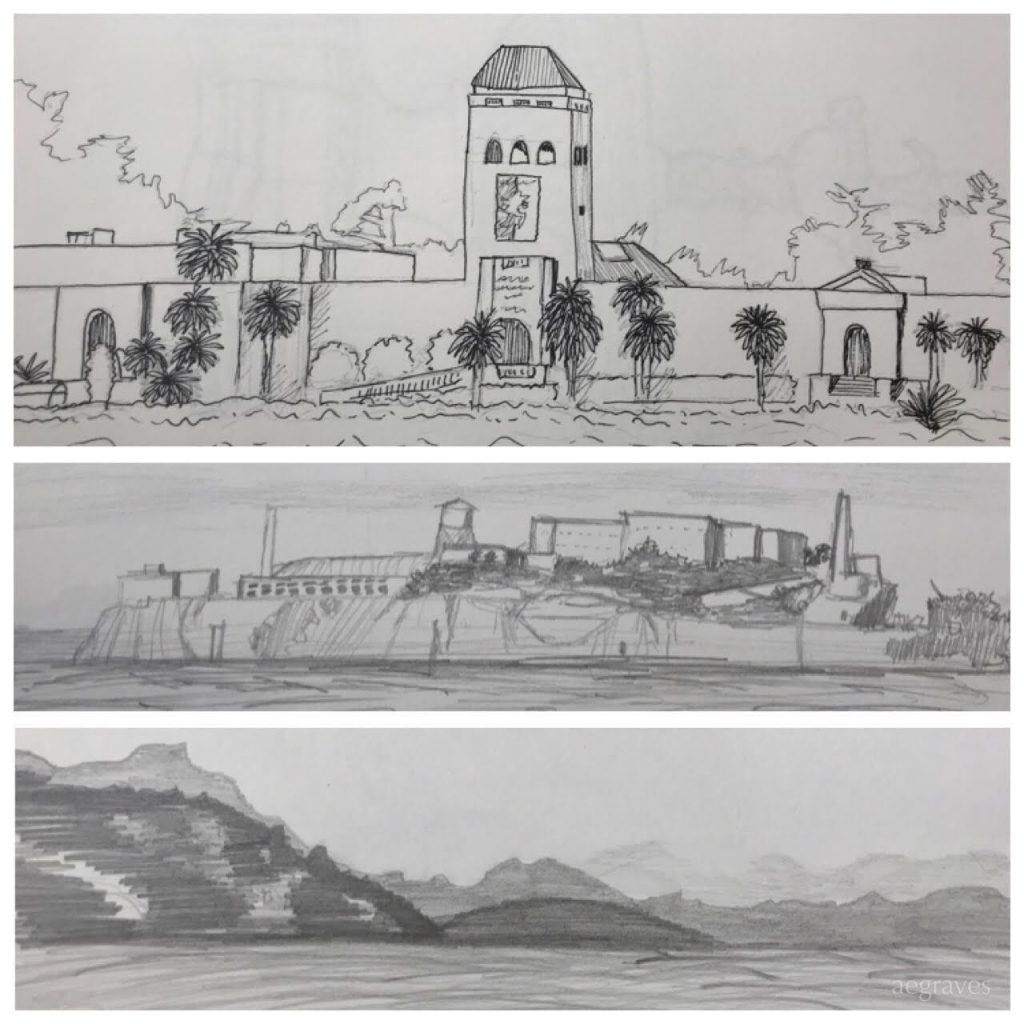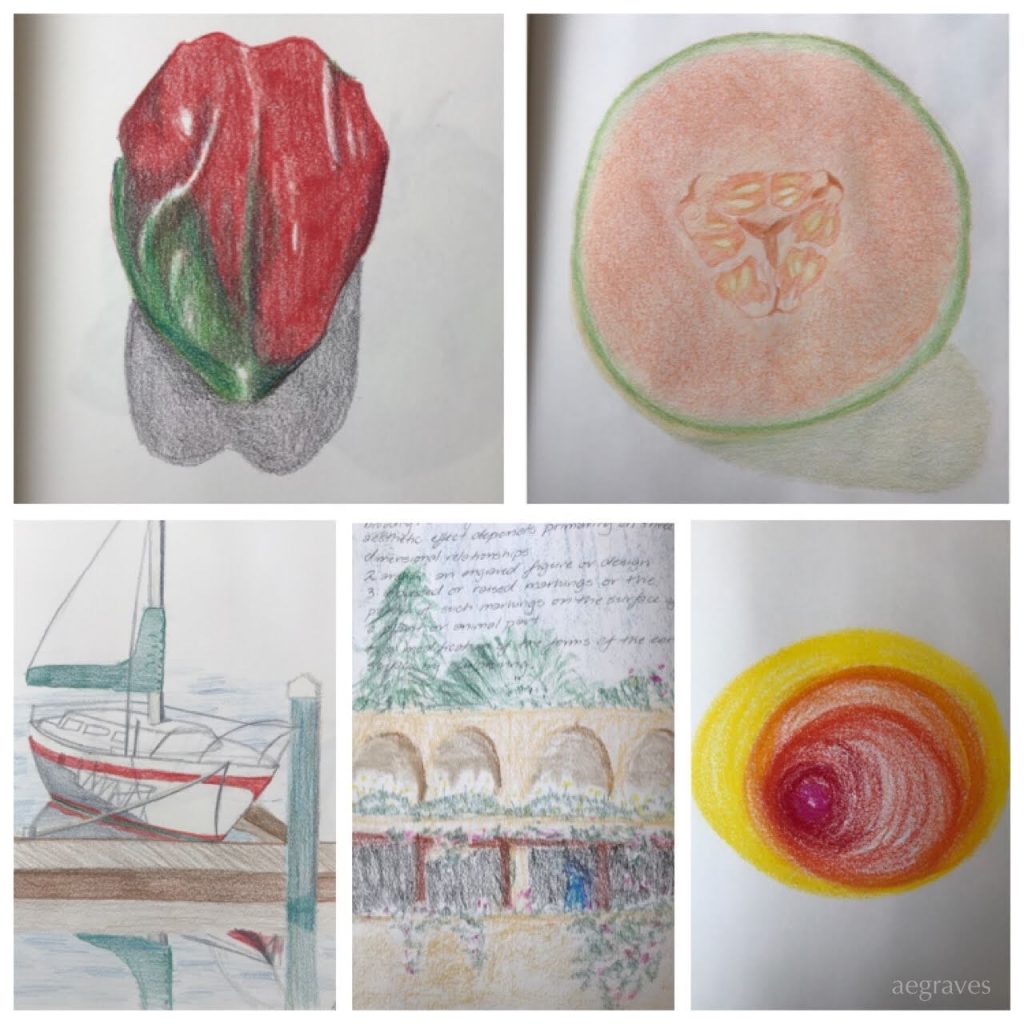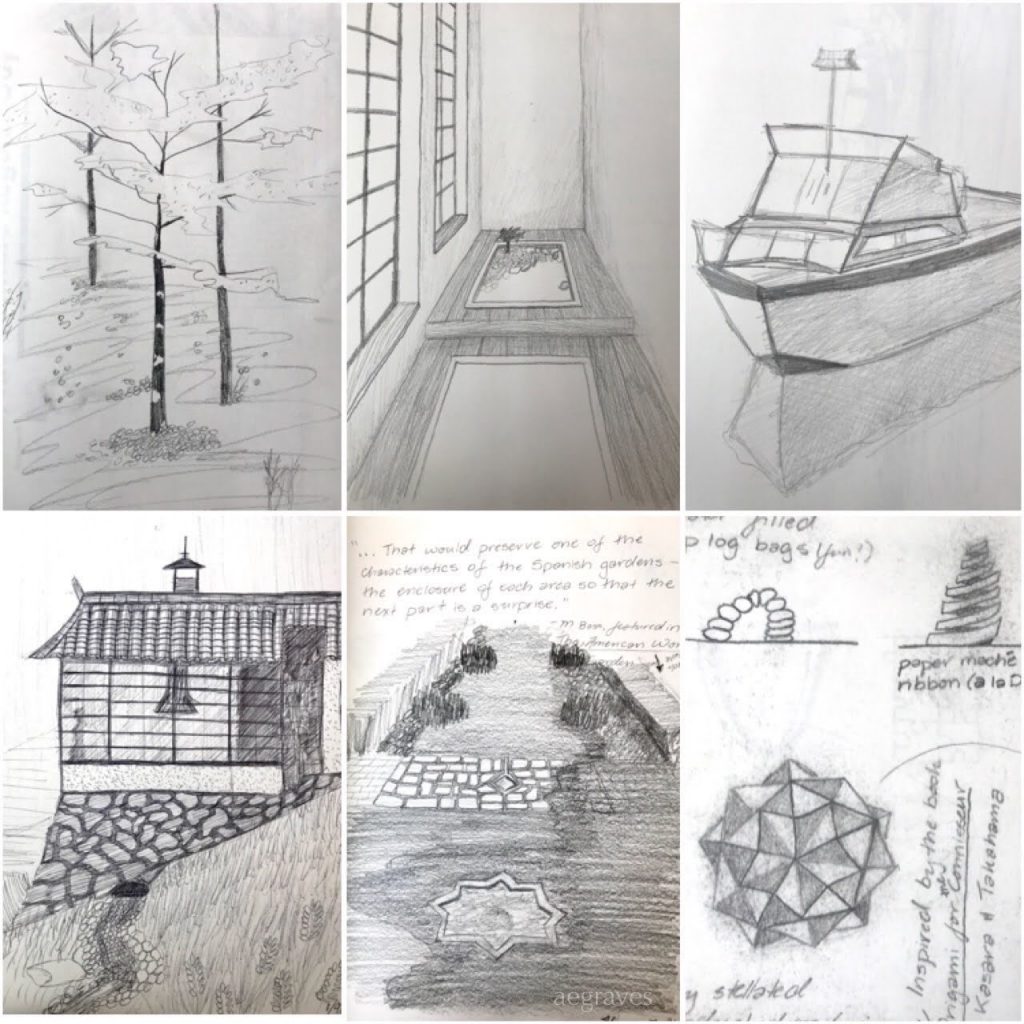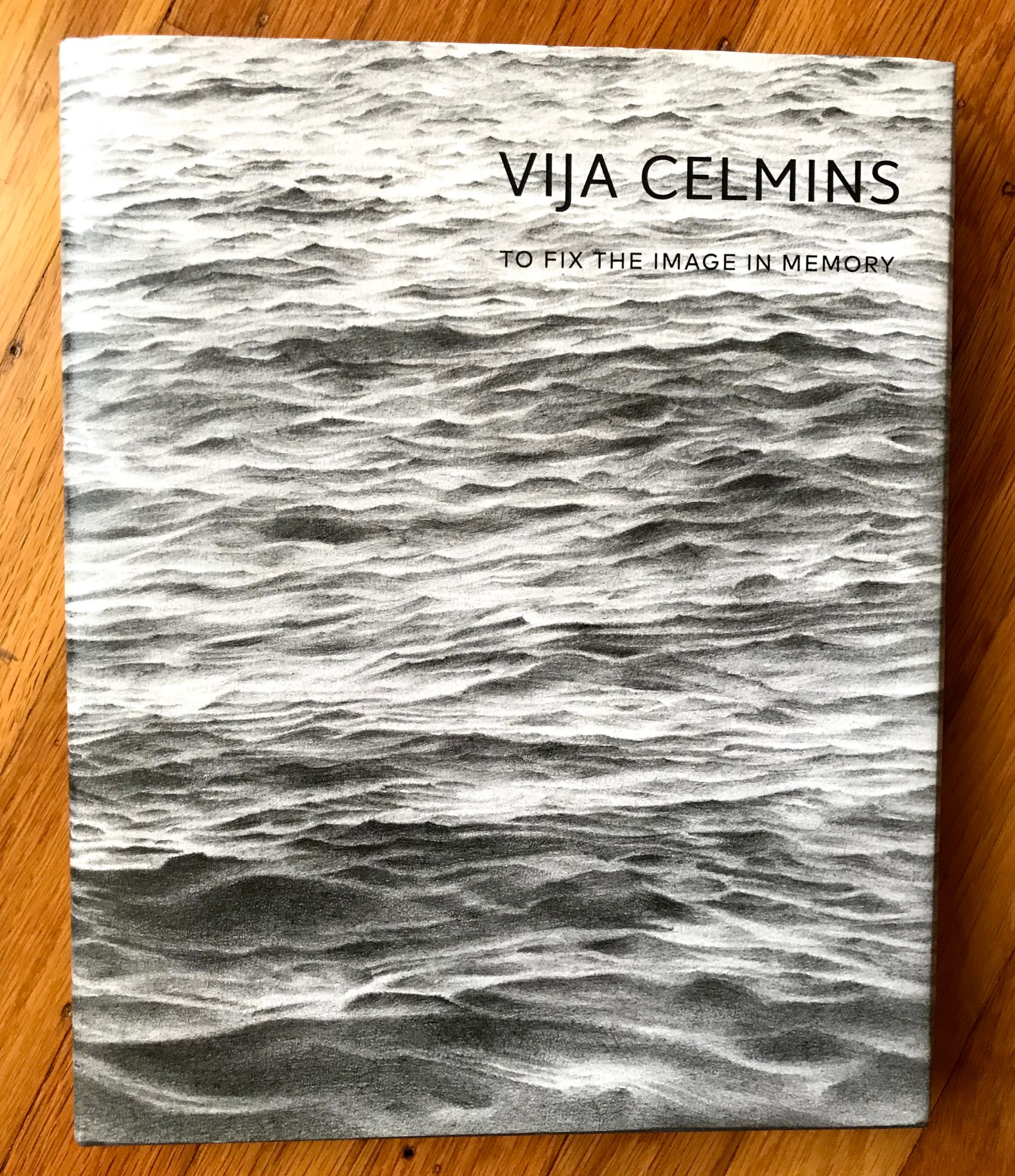I sat down on the national holiday and made a little sketch to paint, and while it was harder than it should have been, it also wasn’t the end of the world. It isn’t finished – I need it to dry to glaze some sections that aren’t well defined – but it is recognizably the right general [vague hand-waving gesture] shape.

I could say this reminds me of going from being a swimming instructor with superb form to feeling like a brick dragging itself through the water with weak arms after many years of not swimming laps regularly. (A thing that happened to me.) But the difference is: I was actually good at swimming. (I practiced for years every summer weekday as a student, and kept practicing as a swimming teacher, so there was a least a decade of intensive swimming there, including recreational racing with others.). When I lost that ease in the water, I felt… wrong. Like I’d forgotten something important, and had ‘let myself go’ in a way that made me sad.
However, I was always a beginner-level painter, so I can’t pretend to be crushed at still being one now. I took up watercolor with enthusiasm back in college, but took too many classes, and had no time to play. Painting lost out in favor of manual drafting (a skill I was rewarded for as both a student and professional). (OMG, I am so old!) Watercolor back then was something great for “renderings,” which were hand-painted, intentionally pretty illustrations of what a building would look like in the future, to help clients visualize their project in flattering ways. Being a renderer was a professional speciality people paid extra for. Now that’s all done digitally, which means design projects by others made during my youth are going to wind up in museums, and people will be so impressed that people could once make such images without computers…
Ah, well. There are some watercolor projects I’d like to try, and yesterday’s sketch suggests I can chip away at my fears and work on them.
Some of my watercolor project ideas are mere fantasies: much like cafes with big windows and views of gardens, the IDEA of painting is a fantasy of leisure. Imagine, having time to paint! Imagine, painting often enough to be good at it! Imagine having time to drink good coffee and practice! I know what I’m like: I work too much, I see what these ideas of quiet painting time offer, and I understand why these projects are such a draw, even if my actual results are so basic.
Once I overcome my dread of being bad, painting allows me to enjoy the process of painting. The results are less important than the experience, in some ways. If the experience is pleasant, I will try again. Even if the results aren’t great, I am still able to sit still for a while and put paint on paper for a few hours, which is a joy.

